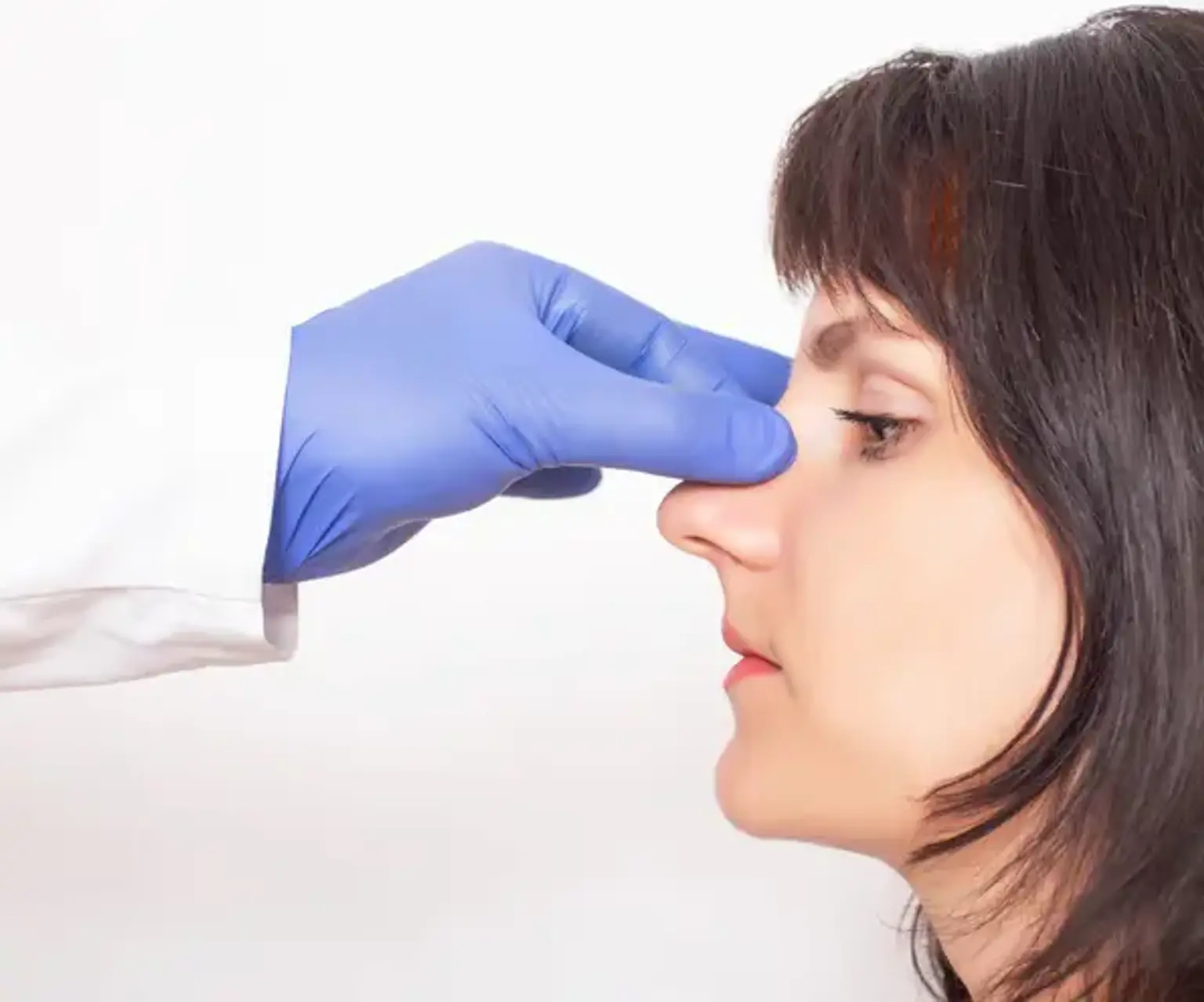Introduction
Long nose reshaping surgery, also known as rhinoplasty, is a cosmetic procedure aimed at altering the size, shape, and structure of the nose. While rhinoplasty is commonly associated with improving facial aesthetics, long nose reshaping focuses specifically on addressing issues related to an elongated nose. This surgery can be a life-changing option for individuals who feel that the length of their nose disrupts their facial harmony or affects their self-confidence.
In today’s world, where appearance often plays a significant role in self-esteem, long nose reshaping surgery is becoming increasingly popular. Not only does it help refine the nose's profile, but it also restores balance to the entire face, leading to a more proportionate and aesthetically pleasing look. The global appeal of this procedure is growing, with people seeking to achieve their ideal facial appearance through surgical and non-surgical solutions. Whether performed for cosmetic reasons or to correct functional issues, long nose reshaping surgery continues to be a widely sought-after procedure across the world.
What is Long Nose Reshaping Surgery?
Long nose reshaping surgery is a specialized type of rhinoplasty designed to shorten or refine a nose that appears excessively long in proportion to the rest of the face. This surgical procedure aims to create a more balanced profile by adjusting various parts of the nose, such as the nasal tip, bridge, and nostrils.
In long nose reshaping, the surgeon may focus on shortening the nasal tip or reducing the height of the nasal bridge. Additionally, other techniques may be used to narrow the nose’s appearance, such as refining the cartilage or removing excess tissue. The goal is not just to shorten the nose but also to ensure that the newly shaped nose complements the natural features of the face.
The procedure can be performed using two main techniques:
Open Rhinoplasty – Involves an incision made across the columella (the tissue separating the nostrils) to provide better visibility and access to the underlying nasal structures. This approach is often used when significant changes need to be made to the nose's shape.
Closed Rhinoplasty – Involves incisions made inside the nostrils, meaning there are no visible scars. This method is ideal for minor corrections but can be limiting when more dramatic reshaping is required.
